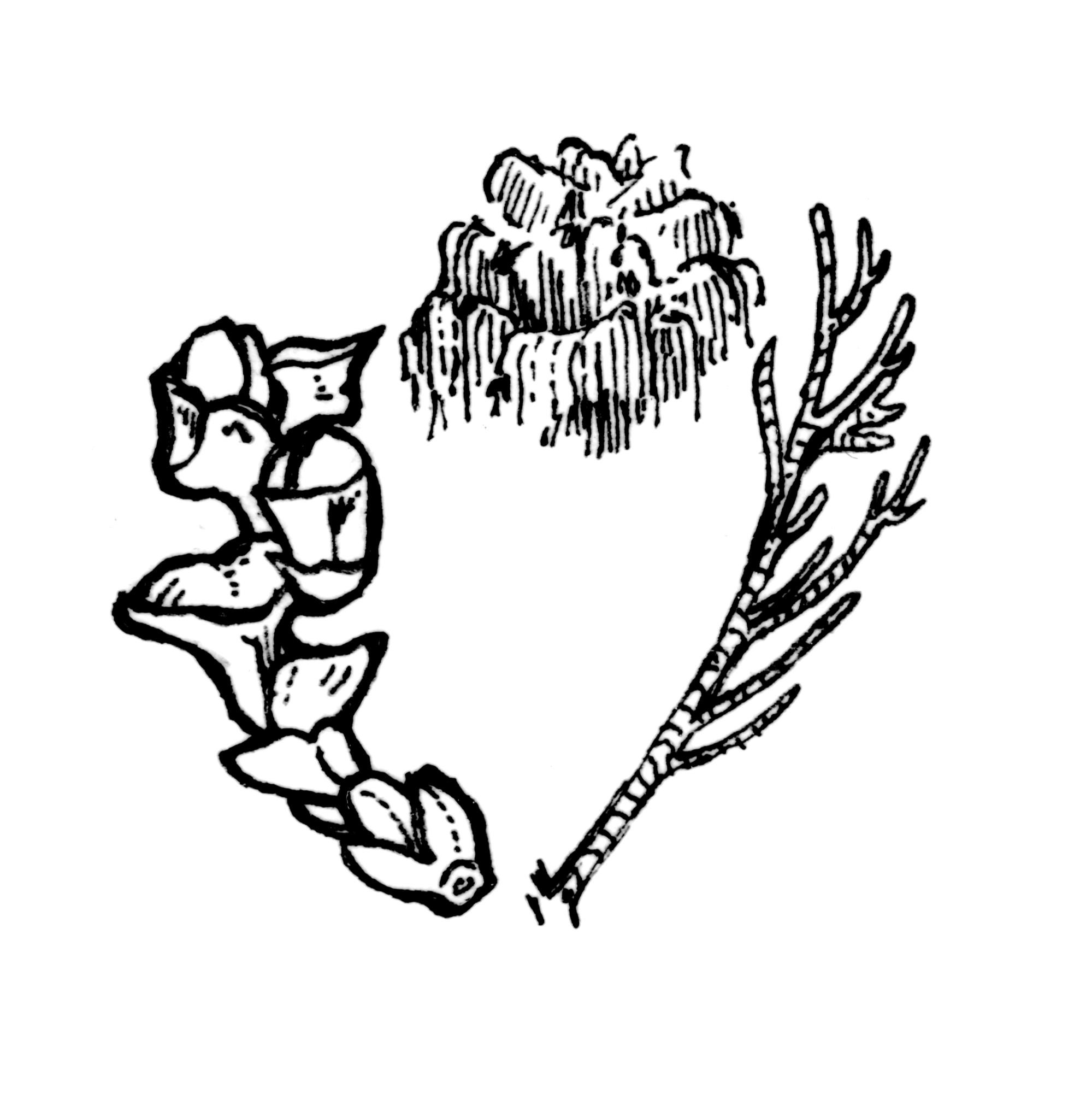
Greek lagaros - thin, strobos - cone.
Evergreen trees. Leaves spirally arranged, variable and intergrading. Juvenile leaves linear, spreading. Adult leaves scale-like, closely pressed to the stem and with white dots. Plants mostly unisexual. Female cones on downwardly-curved branches with 5-10 fertile, spoon-shaped spreading and well-separated bracts, generally only the uppermost one forms a swollen, fleshy sheath extending to half way up the single seed which is almost erect when mature. Fruits ripen in the first year.
The generic name is frequently incorrectly spelled Lagarostrobus.
Some authors consider the two species sufficiently distinct for each to warrant generic status (see Wells & Hill, 1989).
2 species 1 from New Zealand and 1 from Tasmania.
Cuttings.
Formerly placed in Dacrydium but differing chiefly in having well-spaced, spreading uncoloured bracts and seeds with fleshy bases to half their length. The general habit and appearance is like that of a cypress from which it can be distinguished vegetatively by the spirally-arranged leaves with white dots over their surface (hand lens).
Source: (1995). Podocarpaceae. In: . Horticultural Flora of South-eastern Australia. Volume 1, Ferns, conifers & their allies. The identification of garden and cultivated plants. University of New South Wales Press.
